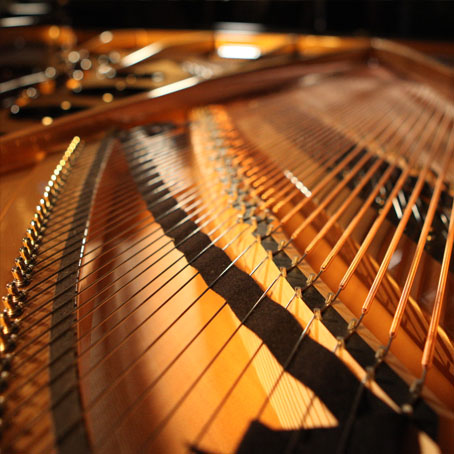In effect, the damper pedal makes every string on the piano a sympathetic string, creating a rich tonal quality. this effect may be behind the saying that the damper pedal is "...the soul of the piano." a more accurate term for the left pedal on an upright piano is the half-blow pedal. when the pedal is activated, the hammers move closer to. Piano pedals from left to right: soft pedal, sostenuto pedal and sustain pedal location of pedals under the keyboard of the grand piano a sustain pedal or sustaining pedal (also called damper pedal , loud pedal , or open pedal [1] ) is the most commonly used pedal in a modern piano .. The half-pedal technique for piano using the half-pedal technique (by not pushing the pedal all the way down) you can capture the amount of sustain applicable to the sound you are after. you will hear that you can enhance the sound of particular notes by using different amounts of pedal. experiment and see what you can come up with..
Ideally you need to learn this on a grand piano where you can actually see what happens to the dampers with fine adjustments to the pedal. half pedalling can create some very useful subtle effects.. Half damper capabilities have (in recent years) been developed for electronic keyboard instruments, particularly digital pianos. on an acoustic piano, the degree to which you depress the sustain pedal affects the amount (or “shape”) of sustain produced.. The point when the pedal is depressed can have a particular effect on the sound of the piano. for example, when the pedal is depressed before the note is struck, all strings are available to resonate, and the sound will have a richness from the beginning ..

0 comments:
Post a Comment